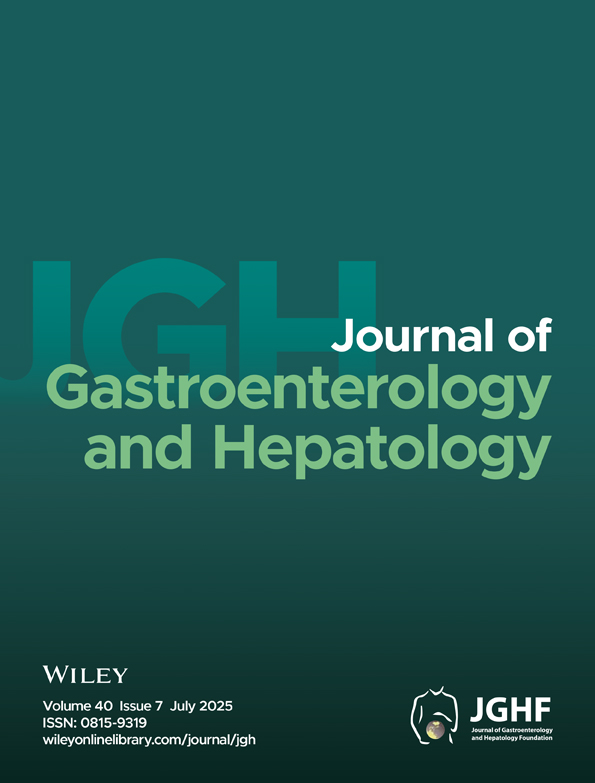Figure connection test: A universal test for assessment of mental state
Abstract
Abstract The number connection test (NCT), which assesses the extent of organic brain damage, has been used extensively to evaluate mental state in portasystemic encephalopathy, but has certain inherent limitations. It cannot be performed by illiterates and those unfamiliar with Roman alphanumeric notations. We, therefore, devised a figure connection test (FCT) based on the subject's identification of figures rather than alphabets or numerals. Four variations each of FCT-A (A1-A4) and FCT-B (B1-B4) employing different motifs were developed and compared with four variations each of NCT-A (A1-A4) and NCT-B (B1-B4) in groups of healthy volunteers with differing educational status. These volunteer groups were as follows: postgraduates 64; graduates 66; subgraduates 75; and illiterates 45. Significant differences in mean scores of various tests were observed between these normal groups. Control values of the tests for these groups have been standardized and can serve as nomograms. The effect of educational attainments on performance of FCT and other psychometric tests was analysed and trail-making tests were validated for serial use.
The FCT was then prospectively validated on 70 patients (classified for comparison with controls according to educational status as follows: postgraduates 7; graduates 21; subgraduates 32; and illiterates 10) with cirrhosis of liver without overt encephalopathy, to detect subclinical hepatic encephalopathy. NCT-A was abnormal in 31.7%, NCT-B in 38.3%, FCT-A in 42.9% and FCT-B in 28.6% of patients. Taken together these tests diagnosed subclinical hepatic encephalopathy in 34 (48.5%) patients. We conclude that FCT is as useful as NCT in detecting psychomotor performance defects in cirrhotic patients without overt encephalopathy.




